Photographic strategies allow work to evolve and progress through the process of experimentation. By exploring different methodologies and processes, the impact on the photographer, subjects and viewers can become better informed, and consequently approach themes in a more sensitive and considered manner. Below summarises some of the approaches that I adopt within my own work and also others that I will explore as I develop my practice.
Repeat, Repeat, Repeat.
Repeat Photography is a strategy that can be used to document subject matter, by repeating content to allow comparisons to be made from one image to another. This approach allows cumulative research to be contributed towards, using photography as a mode of communication. By doing this, visual messages contribute to a bigger picture that allows differences and similarities between one place, time or another to be identified and visually represented.
Camilo José Vergara’s series ‘Paired Houses’ documents the front of adjoining houses in Camden (U.S) to show the similarities between them. By doing this, not only do the photographs document a particular time, they highlight the issue of living conditions in the area. Arguably, a singular image would not have as much impact as the collective series, as they demonstrate the scale of a problem, through the use of consistent elements that are captured through the deliberate placement of the camera.
https://www.camilojosevergara.com/Camden/Paired-Houses/1




As Mark Klett writes in Repeat Photography in Landscape Research:
“Groups of images empower relationships between photographs.”
Time and Time Again
Re-photography is an approach that involves revisiting particular scenes to document changes over time. Often, the photographer will pick a vantage point that is accessible by either themselves or to other people, to re-visit in the future. The results convey the movement of time, revealing environmental and social change in the process, which in turn becomes sociological evidence. This visual process contributes towards research by creating an archive that progresses and grows over time, recording how places, groups and social phenomenons change.
Dave Jordano’s work ‘Detroit: Re-photography survey’ is an example of images that are paired together to display how a place changes over time, exploring the transformation of an urban landscape.
https://davejordano.com/detroit-unbroken-down/detroit-re-photography-survey
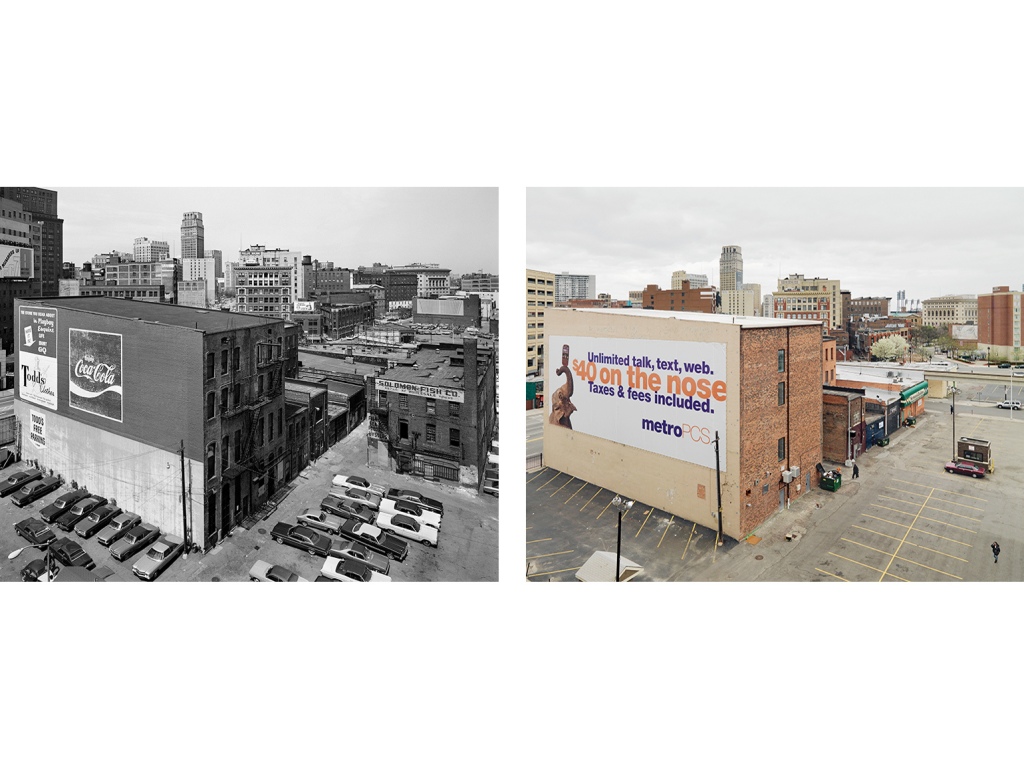
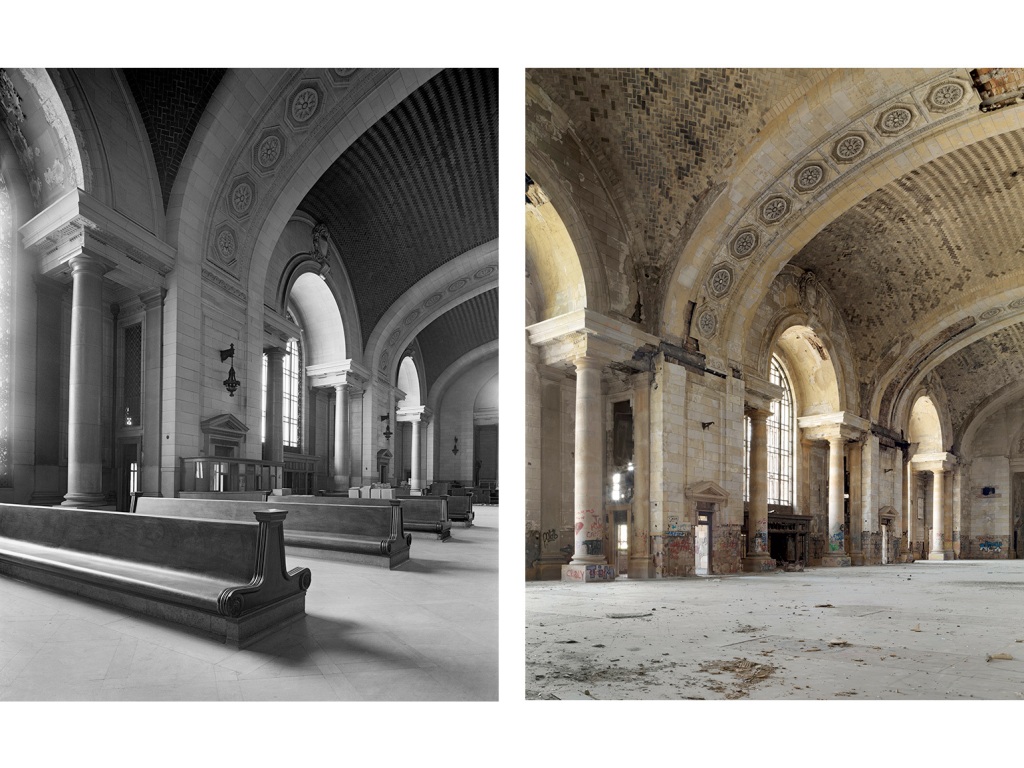
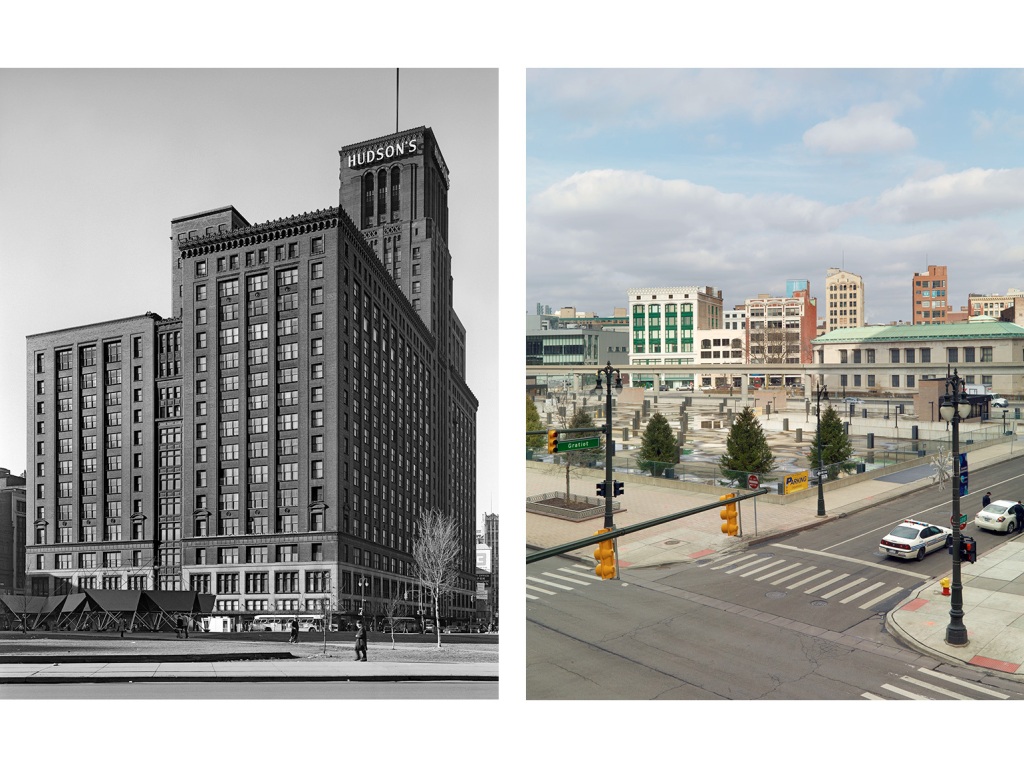
Russian photographer Sergey Larenkov uses an experimental approach in his work Ghosts of World War II, to allow the viewer to compare two different times within each image. By layering imagery to create a composite, the connection between old and new is immediate and takes on a narrative of its own.
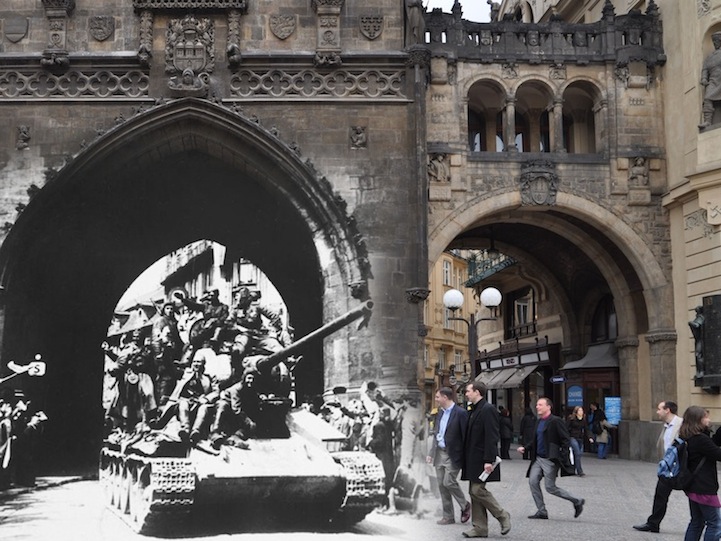

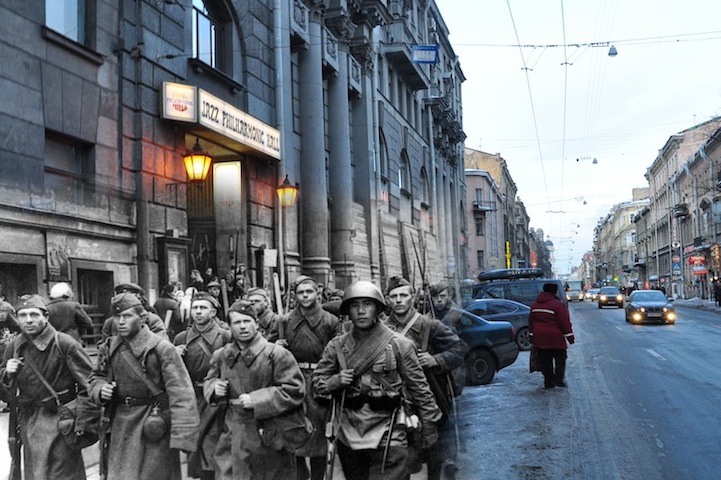
The process is made up of various techniques that allow a narrative to be created, including more collaborative approaches. A ‘cross-sectional’ approach focuses on a particular time that is represented through sequences of images, as the time available to record subject matter may be limited. To enhance the meaning of photographic content, data, interviews and field notes can be used to provide context, which is referred to as a ‘comprehensive approach’. By combining these, I believe that it is possible to demonstrate the mood of a place and time, in depth from a position that is inclusive and considered. As John Riger writes in Re-photography for Documenting Social Change:
“With photography, we can make a more complete, reliable and comprehensive record of the change process than we could without it.”
Gestures of Collaboration
Collaborating with participants within a project, provides subjects with a photographic voice. The interaction between the photographer and subject creates empowerment that has a positive impact on society. Not only does it break down the barriers between the photographer and subject matter, it provides an opportunity for people to engage with art and the topics surrounding contemporary life. Claire Bishop explores the idea that collaboration enhances society in her writing for Artificial Hells, by referencing how participation allows people to make friends, develop community networks and reduce isolation. As a photographic gesture, during a time when this couldn’t be more relevant, the idea of collaborating using a comprehensive approach can only add value to a body of work and its social impact .
Annie Lai’s work In-between, captures women that have lost their sense of home due to migration, exploring the connection between place and identity. By working with the subjects directly, an instant emotional connection is created between the photographer, model and viewer.


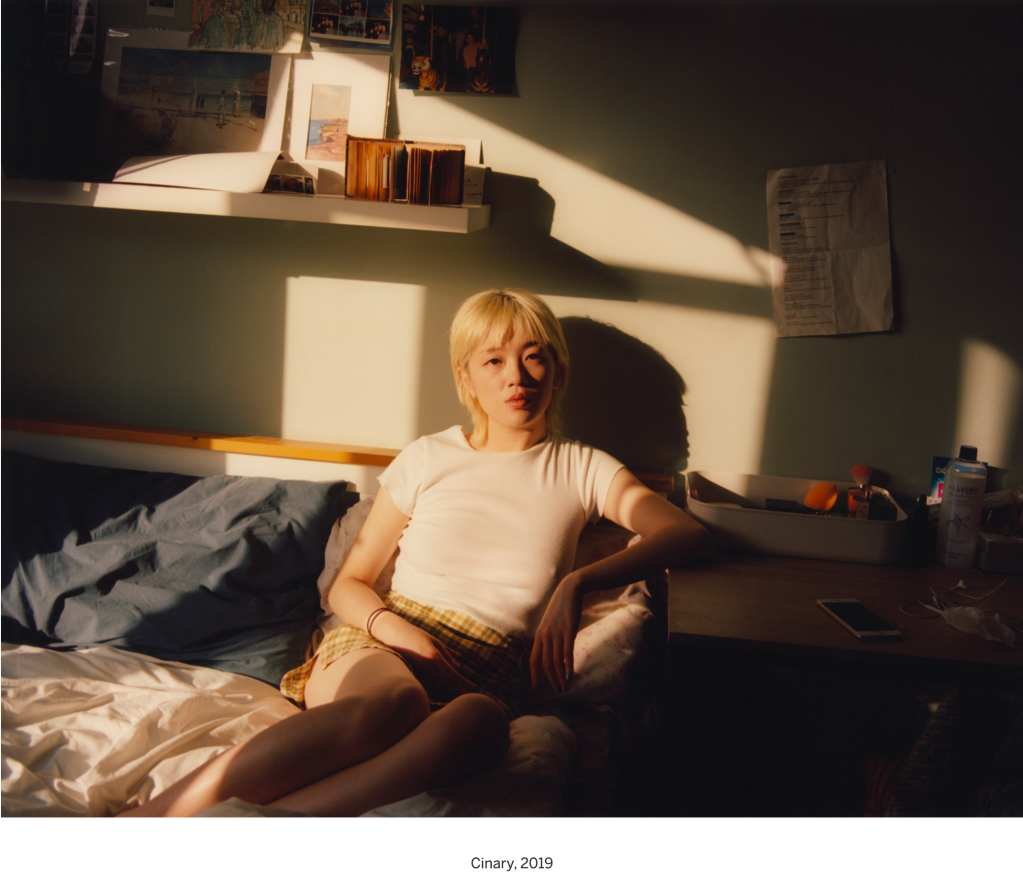
The Passing of Time
All photography concerns itself with time, as every picture is taken from its moments. Whether imagery candidly displays these as a particular moment of time or features content that is seemingly unrelated, the image itself is a frozen frame, regardless of its intentions. By imagining how photography might be accessed in the future, key subjects and themes from the present can be identified, addressed and critiqued. Writer and Artist Joanna Zylinska explores the relationship between art and time in the video ‘Exit Man’, which highlights the way that the past, present and future are interlinked.
